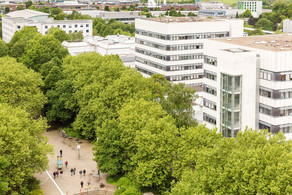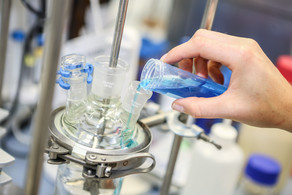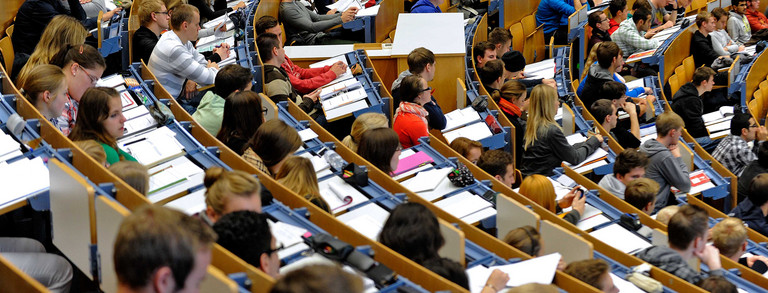Chemische Technik 1
| Type | Lecture (2 SWS) + Exercise (2 SWS) |
| Credits | 5 |
| Rhythm | Summer Semester |
| Bachelor / Master | Bachelor |
| Audience | CIW |
| Language | German |
| LSF number (VL) | 065028 |
| LSF number (Ü) | 065029 |
| Moodle Room | TC - Chemische Technik 1 |
Please refer to the LSF for the most recent information.
Course Content
- Chemical industry (chemical economics)
- Chemical process development
- Viewpoints of process selection
- Chemical/biochemical processes
- Experimental facilities
- Experimental design and optimization
- Scale-up
- Material and energy balancing
- Chemical process synthesis
- Chemical composite economy
- Raw material basis
- Aspects of economy and sustainability
- Production of important basic chemicals
- Intermediates and final products
Aquired competences
Students will be able to:
- Name the raw materials of industrial chemistry and classify the important subtypes
- Describe the extraction of the raw materials and their processing routes
- Describe the processes used and their characteristics
- List the important refinery processes
- Name and describe the conversion processes to basic chemicals
- List and describe the processing routes and downstream products of important basic chemicals
- Name the building blocks (monomers) of the most important polymers and describe the polymer production routes
- Name the important types of surfactants and describe their production routes
- Discuss the interconnectedness of different material flows in the chemical industry
- Explain the composite structure in the chemical industry
- Differentiate and evaluate advantages and disadvantages of alternative processes
- Analyze and interpret the selection of a particular process in terms of raw material and location
- Assign preferred reactor types to particular processes
- Classify manufacturing processes in terms of scale.
Further Details
| Exam | Written - 120 min |
| Preliminaries | Fundamental knowledge from Einführung in das BCI, Organische Chemie & Allgemeiner und Anorganischer Chemie |
| Literature | M. Baerns, A. Behr, A. Brehm, J. Gmehling, K.-O. Hinrichsen, H. Hofmann, U. Onken, R. Palkovits, A. Renken: Technische Chemie, Wiley-VCH, 2. Aufl. 2013. The slides of the course and any additional materials such as literature lists and website recommendations will be published in the virtual workrooms in Moodle provided for this purpose. Details will be announced at the beginning of the course. |
Only the information found in the LSF and the most recent edition of the Modulhandbuch der Fakultät Bio- und Chemieingenieurwesen is binding. The content on this page may not reflect the most up-to-date information.





